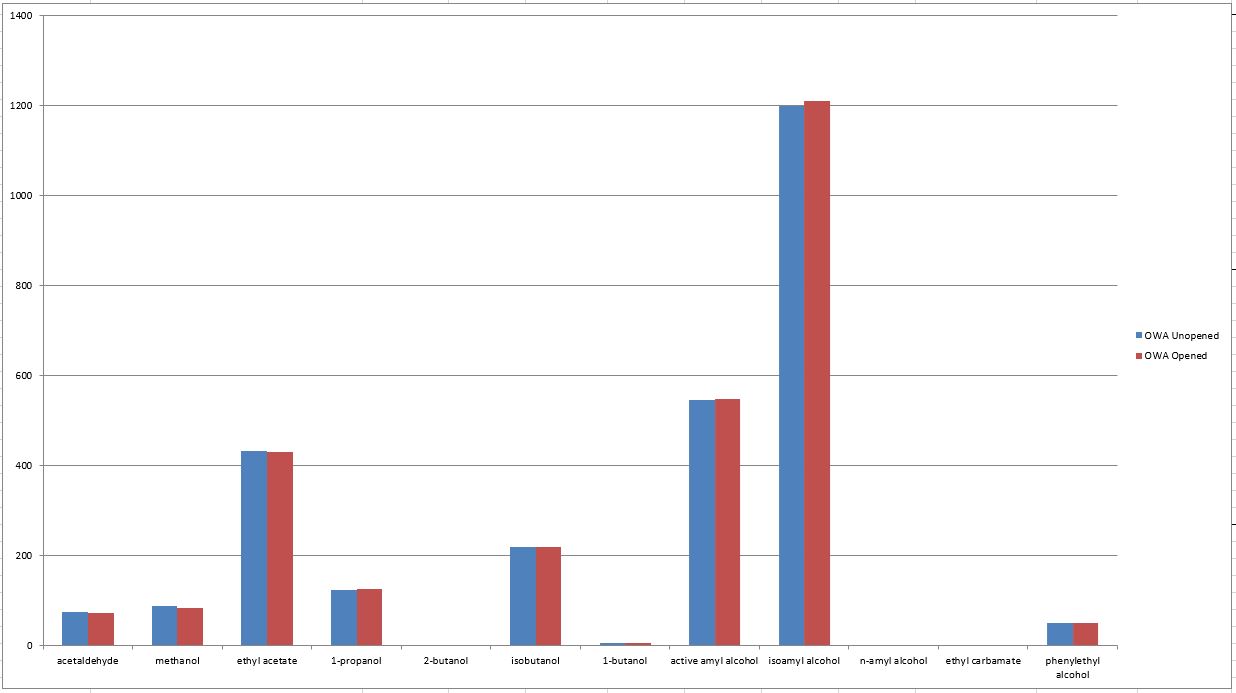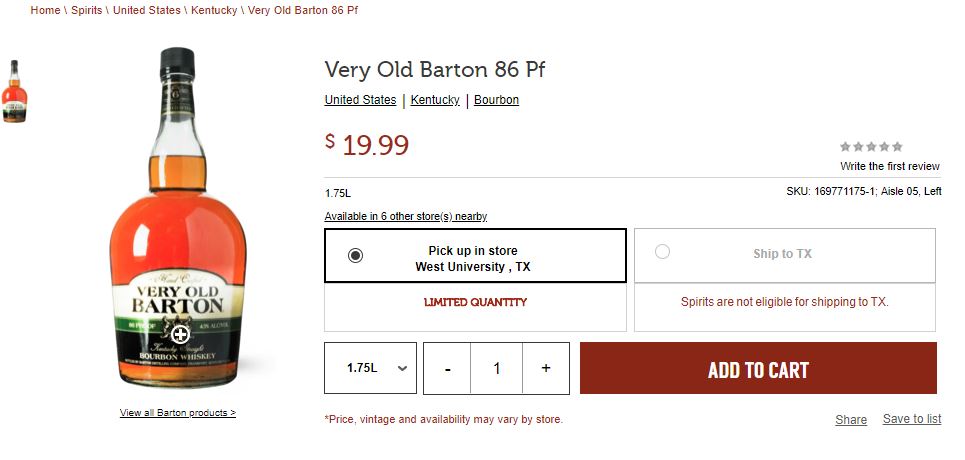Time for another round of “Did My Bourbon Change in the Bottle?”. My previous post, Did My Bourbon Change in the bottle? discussed 2 prior tests done at 37 and 52 days. For this test, I extended the time to one full year.
Before I get to that, I want to be clear that I’m testing if changes are perceivable to a group of testers. This is different than saying the whiskey did not change at all. Also, my tests have been of modern bourbons and not of bourbon from a dusty bottle that has been sitting for 30 years in a sealed glass bottle. Many critics of this will try to point to changes that occur while sitting in an open glass. That is a different case than opening and closing a sealed bottle. I’ve tried to test what I consider a real-world situation – open a new bottle, have a pour, reseal the bottle. If you then sit that bottle aside and come back to it in 1 month, or 2 months or even a year, was there a noticeable change in taste?
For this test, I went back to Old Weller Antique (OWA) at 107 proof. This OWA was a store private barrel pick and NCF (non-chill filtered). The 1st bottle, 1 liter in size, was opened and over the course of 30 days I had approximate a ½ oz pour each day. After each pour, the bottle was resealed tightly. At the end of 30 days bottle was about half full. At this point I put it inside a dark closet at normal room temperature for 11 months.
I invited my group of 10 testers to my house for a triangle blind tasting. An unopened 2nd bottle from this same OWA barrel was opened right before the test. Testers would taste 3 samples; 2 from the bottle that was open for 1 year and 1 from the just opened bottle, or vice versa. Either way, one of the 3 samples is the odd sample and if change was perceptible enough then it should be identifiable. As before, I did not ask which tasted better, I only asked if they could identify the odd sample.
Out of 10 testers if they randomly guessed, one would expect 3.33 to correctly identify the odd sample. So, when I scored up the results, I was surprised that 0 out of 10 correctly identified the odd sample.
One option I gave testers was to state no differences, but none elected this option. They all believed they could tell a difference and they were all incorrect. One of the comments/questions I see posted on my tests is what was the experience level of my testers? It has not been the same group each time, but for the most part it is folks I would consider whiskey geeks like myself. A few of the testers work in the industry. So, it’s an above average whiskey consumer group.
The conclusion is this whiskey did not change in the bottle enough to be identifiable to testers. But did it change at all? To understand why the testers could not tell a difference we turn to GC/MS – Gas Chromatography – Mass Spectrometry. I shipped sample bottles to a distillery with GC/MS equipment and they tested both samples at 12 different chemical points. This tests measures levels in PPM. The result showed these samples were virtually identical.

At this point, I’m done with testing “Did My Bourbon Change in the Bottle?”. The power of the mind is strong; I’ll never convince all no matter how many tests I run. If you still disagree on this based on your opinion, I would encourage you to perform your own blind triangle test. I do intend to test “Does My Whiskey Change if Poured into a Glass and Allowed to Sit”; stay tuned in for those results.









